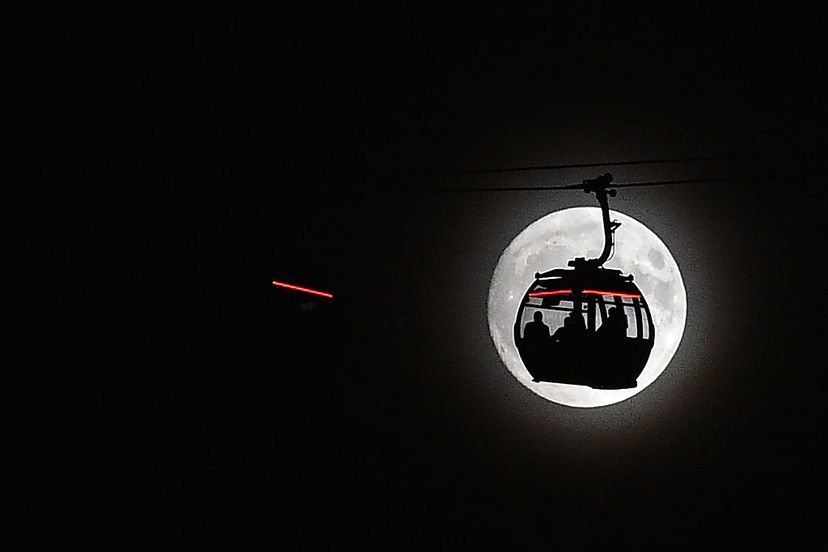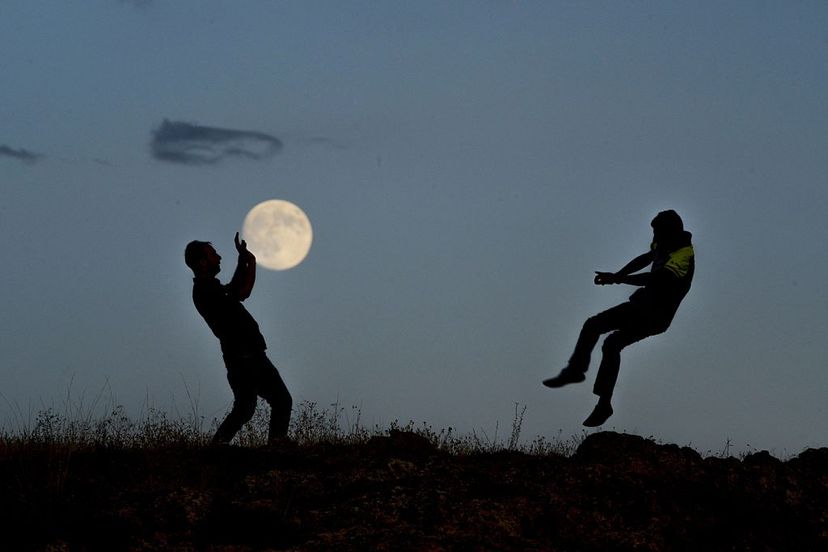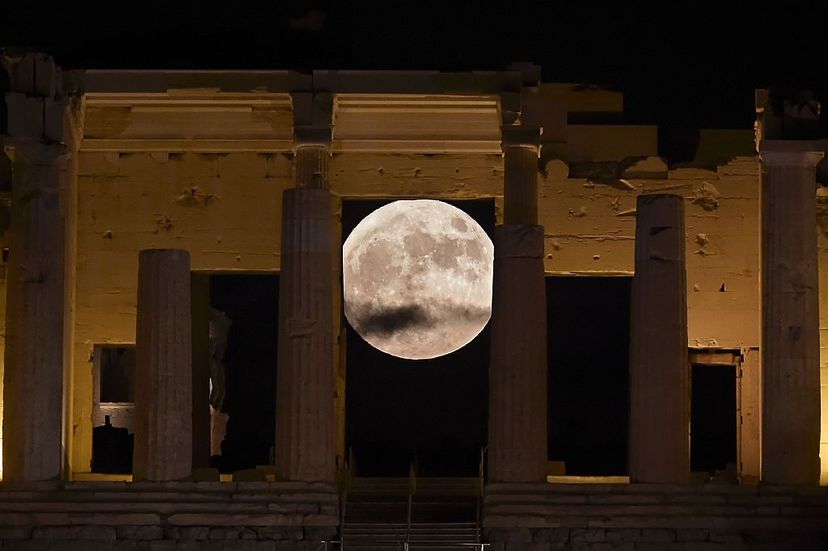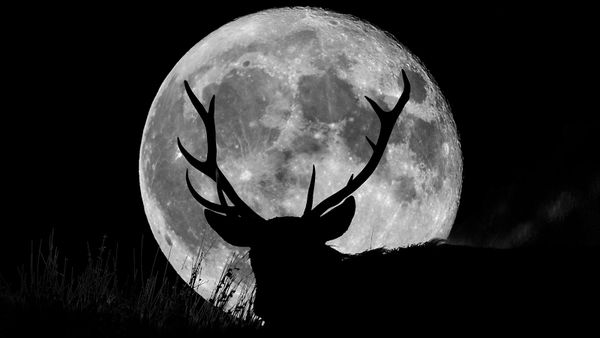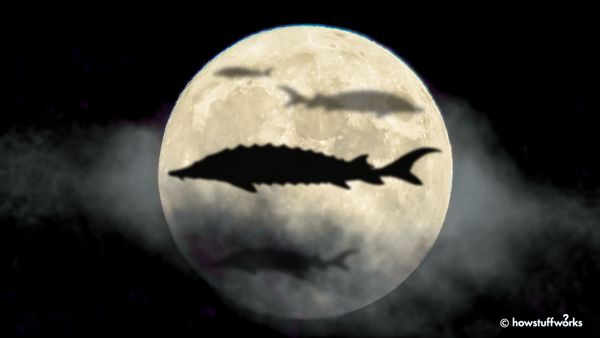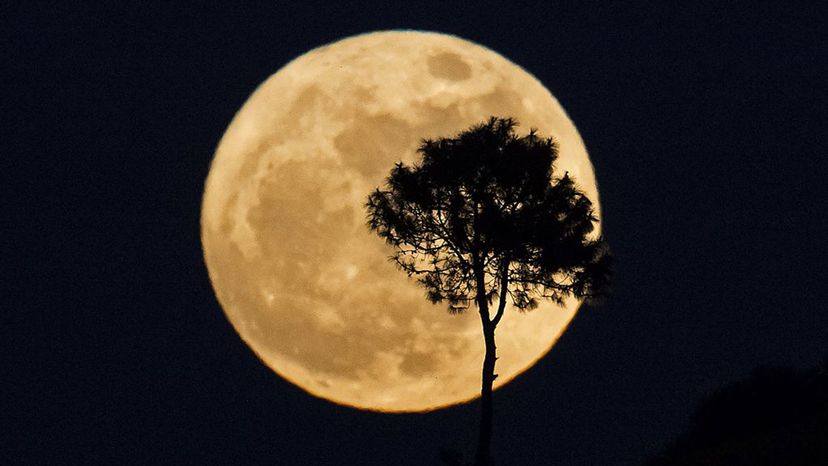
Every now and then, you'll hear about the imminent arrival of a supermoon and how it's going to be really amazing to see because it's going to be so huge and so close.
And if you do gaze into the night sky that evening, it actually can be a pretty cool sight. The term supermoons isn't one used by astronomers, but people use it to refer to a full or new moon that is near the closest point of its orbit around Earth. Depending on the exact distance between Earth and the moon that evening, a supermoon can be as much as 14 percent bigger and 30 percent brighter than the usual moon [source: Mathewson].
Advertisement
Supermoons have become a popular sensation in recent years, with scores of people posting snapshots of them on social media. Some stargazers stage supermoon viewing parties on rooftops, or travel to special locations — such as the mountains or the beach — to get a more spectacular view. Others put together playlists of songs to listen to while gazing at supermoons, such as Sting's "Moon Over Bourbon Street" or Cat Stevens' "Moonshadow" [source: Fernandez].
Supermoon mania may have reached its peak intensity on Nov. 13, 2016. That's when the satellite was 221,524 miles (356,508 kilometers) from Earth, the closest supermoon occurrence since Jan. 26, 1948, when it was 30 miles (48 kilometers) closer. (The average moon distance is 238,900 miles or 384,472 kilometers from Earth) [source: Netburn].
So what's all the fascination about? What actually causes a supermoon, and is it as rare as a blue moon? What sort of effects does it have upon the earth?
Advertisement
